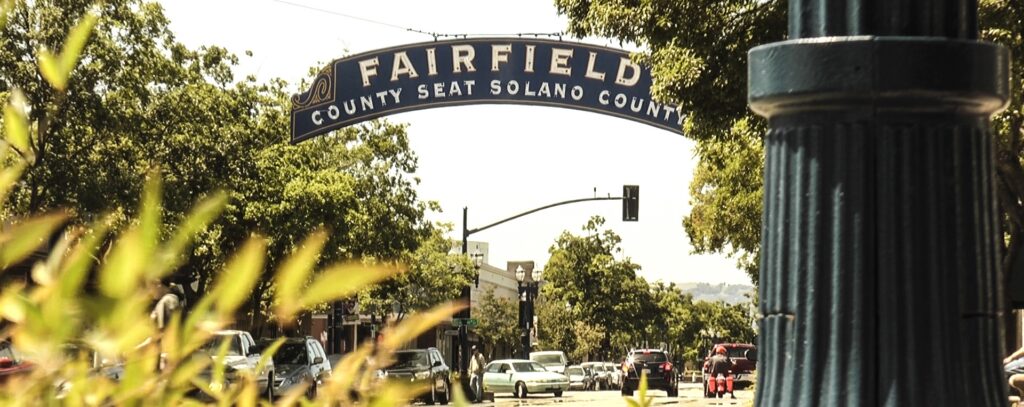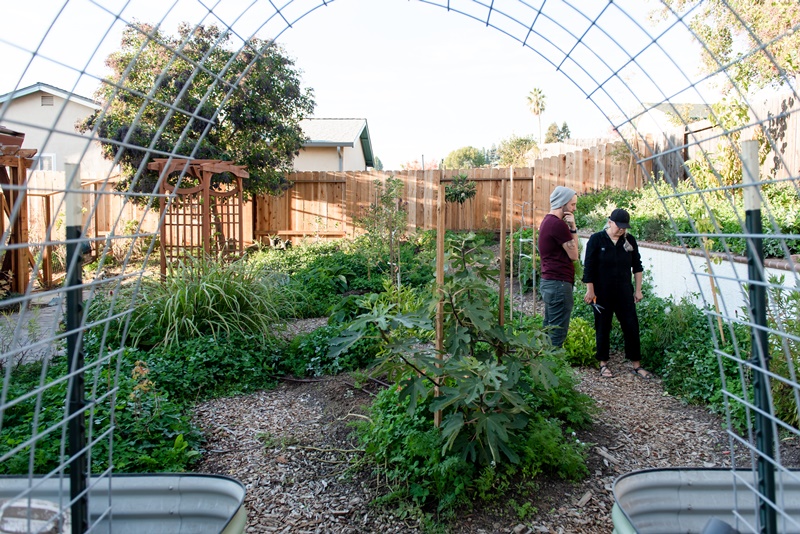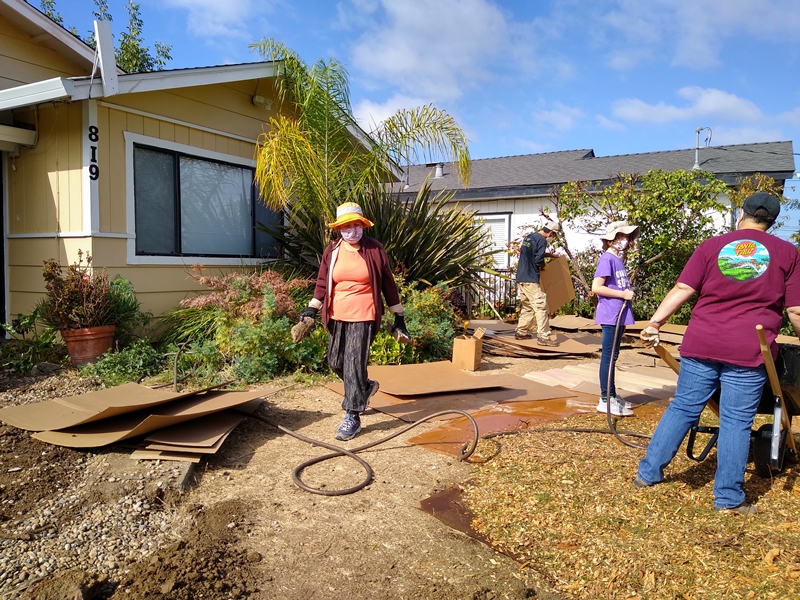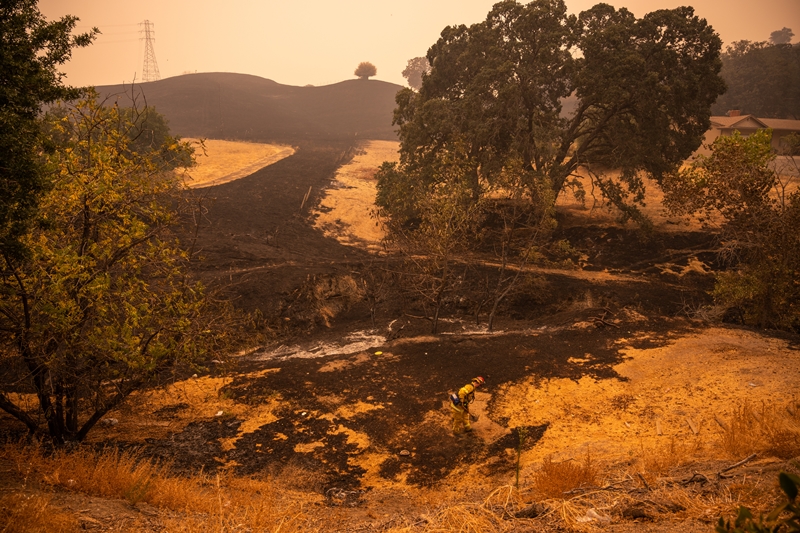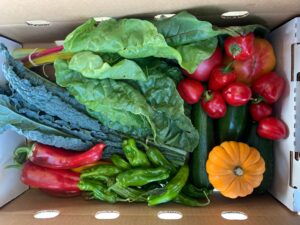In Gratitude: Recognizing Board President Marilyn Bardet’s Selfless Service to SuSol
By Sustainable Solano
In January, Marilyn Bardet will step down from the board president role she has held for the past 18 years. Sustainable Solano would not have grown into the organization it is today without her leadership, guidance, wisdom and trust. We are grateful for all she has brought to the organization.
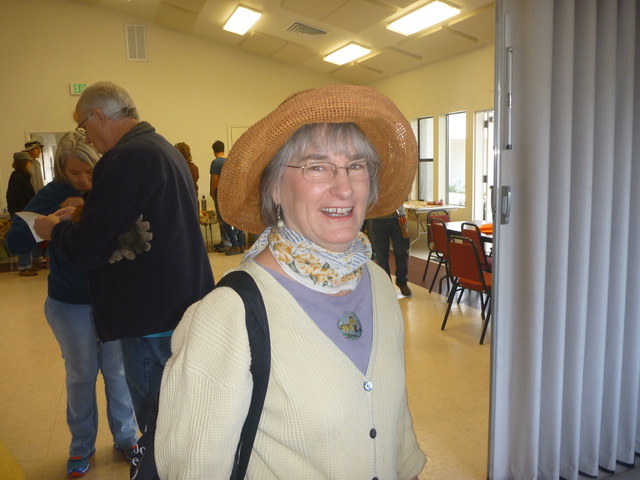
Back in 2005 a tiny fledgling nonprofit, Benicia Community Gardens, was going through turmoil — after the death of founder Dr. Swenson, the remaining board had no vision and no capacity to continue forward. There was just one garden then, at Heritage Presbyterian Church, now carrying the name of the founder, Swenson Garden. The board put out a call for help to the community, and one of the people who stepped forward was a local artist and environmental activist, Marilyn Bardet. The board dropped the documents on her lap and left.
That’s how Marilyn started on a difficult path of being board president. There was nothing glamorous about this role — it was a hard labor of love. Together with a small group of new board volunteers, Marilyn not only saved Swenson Garden and the community that formed around it, but secured funding for the second garden in Benicia — Avant Garden, now a beloved institution on First Street. Avant Garden started with a bare patch of land. The original garden beds were made of straw and each straw bale was laid down by the hard-working volunteer board. They carried soil, spread mulch, installed irrigation, built the fence and invited the community to join in. Hard work and a steadfast commitment to the vision made it a garden that became a true Benicia town square.
The work did not stop there — the nonprofit continued to reinvent itself in response to the needs of the community and a vision for a better future for all, expanding the vision to local sustainable food, planting a community orchard, running educational programs, developing a Community Supported Agriculture hub in Benicia, and envisioning and implementing a Benicia Sustainable Backyard program: permaculture-based demonstration gardens in private homes that became the base for community education and inspiration.
Marilyn was at the heart of all these initiatives. The programs were growing, the organization was rooting. It required dedication and more hard work to secure funding, build the board, support the team and develop relationships with key stakeholders in the county. When in 2016 we took a leap of faith to become Sustainable Solano, Marilyn’s authentic leadership and support for the vision led us safely and successfully through the passage of scaling up successful Benicia programs to the county level.
Marilyn, you gave so much in all these years! Countless hours at the board and team meetings; scientific research and artwork; numerous meetings with, and calls and letters to the key stakeholders; late nights with grant deadlines; long (and sometimes difficult) conversations; personal funds, and wisdom, trust and pure love given so freely and selflessly.
As you are stepping down from the board president role, we want you to remember that your selfless service has formed the very foundation of the organization you’ve been leading for 18 years!
In deep gratitude,
The board and the team of Sustainable Solano


